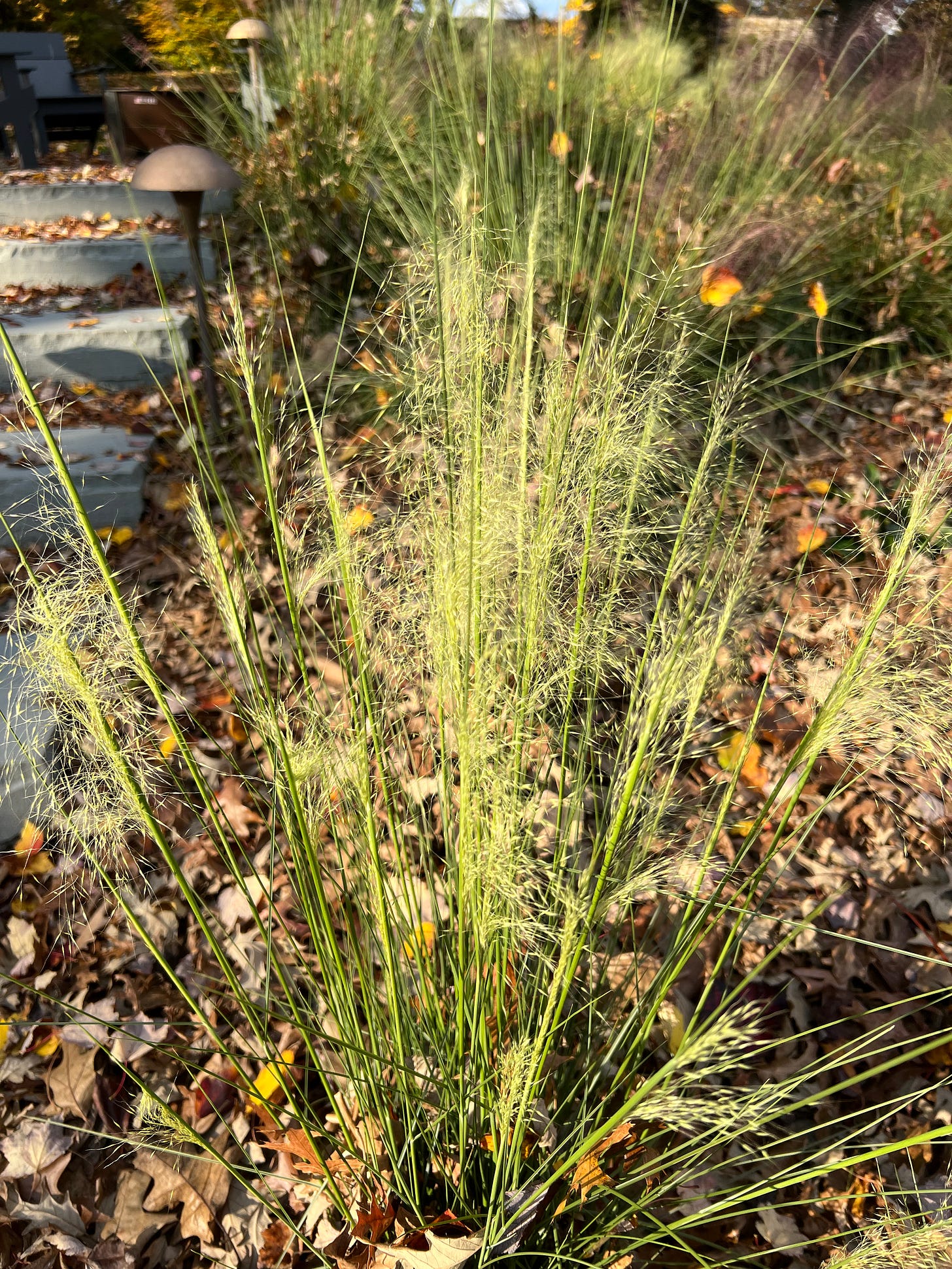Invasive Profile: Winged Burning Bush
The striking fall color of this shrub belies its aggressive nature.
This time of year, Winged burning bush (Euonymus alatus) stands out. This should surprise no one, as it is often planted specifically for its fall color, which reminds me of red construction paper, the kind kids use in kindergarten.
Burning bush is a native of northern Asia, distinguished most of the year by the “wings” on it branches and stems. It can form dense thickets and seeds prolifically, often cropping up along forest edges and in unmowed meadows. In this manner, it displaces more ecologically productive native plants.
We have removed some Burning bush at Puddock Hill, in particular a hedge of four mature plants that once grew near the driveway gate. These clearly were intentionally planted by the previous owners, no doubt before the plant’s harm became well known.
One or two other examples of burning bush remain on the property. Volunteers, I think. Here’s a close-up of the fall presentation of one mature shrub between the barn meadow and the wet woods:
These are hard plants to hate. In addition to striking fall color, they have an attractive habit and provide good places for birds to hide, even if they support little native wildlife in other respects. So long as they don’t become too aggressively territorial here, I will leave them for a while longer until the natives shrubs and trees we have planted or encouraged grow into their own. A denuded landscape, in my opinion, serves no one.
According to Invasive.org, Winged burning bush was introduced to the United States nursery trade around 1860. Sadly, it remains available at nurseries in most states, although its sale has been banned by Delaware’s recently passed Invasive Plant Law, which went into effect last summer. By the way, there’s a petition going on at Change.org asking Home Depot to stop selling plants listed as invasive.
At Puddock Hill, we will tolerate what little Burning bush we have a bit longer, but we won’t plant any more of these shrubs. Meanwhile, I have to admit, I’ll continue to enjoy the fall color.
Many ornamental grasses show off their seeds this time of year, including native Muhly grass (Muhlenbergia spp.):
And native Northern sea oats (Chasmanthium latifolium):
We planted both in our new patio garden this spring in volume.





